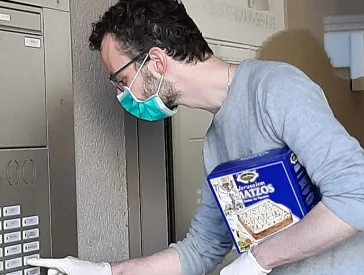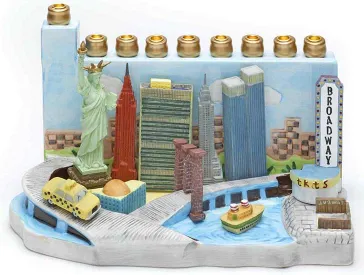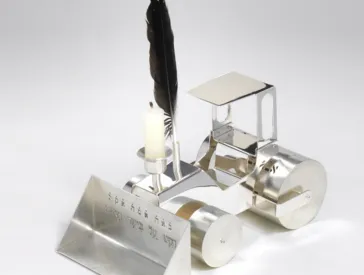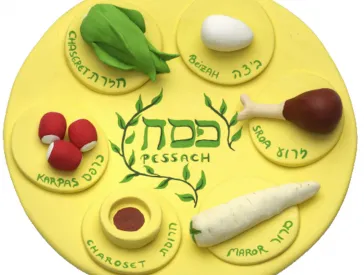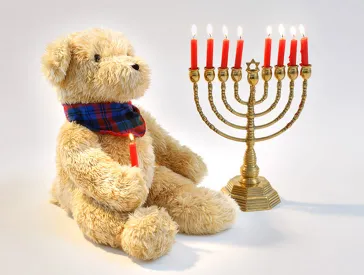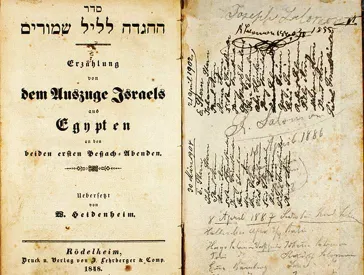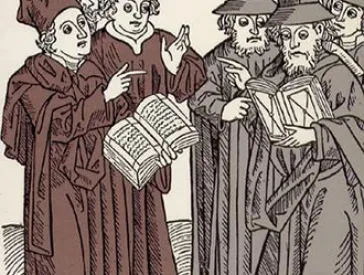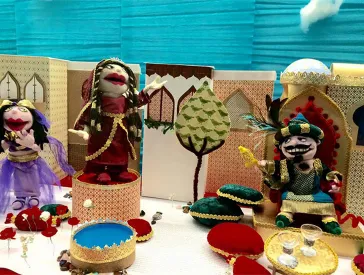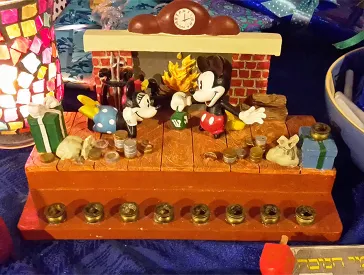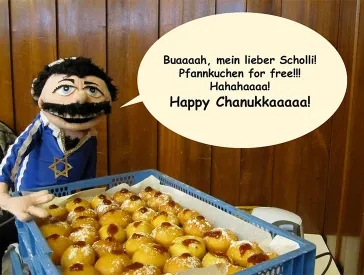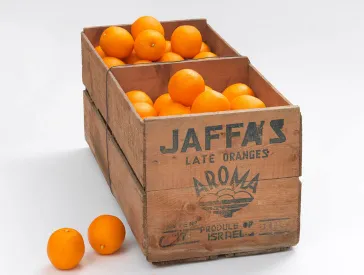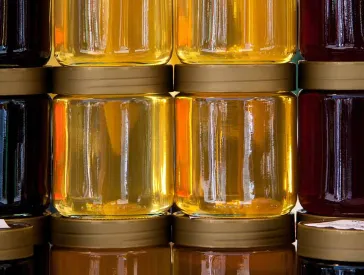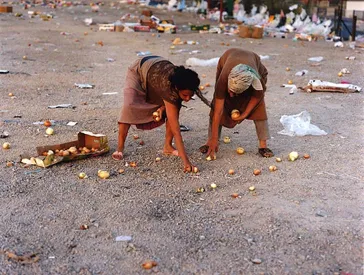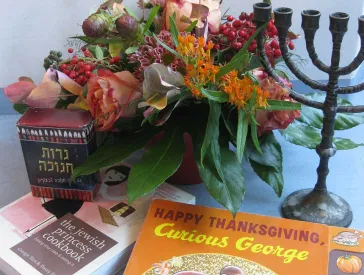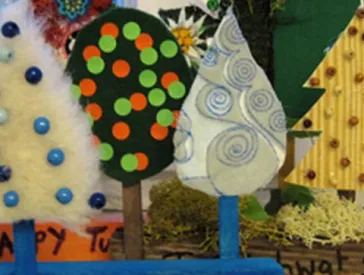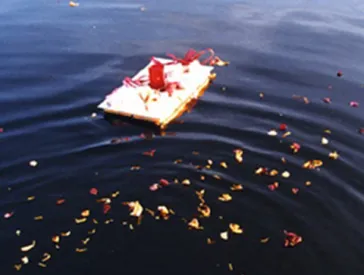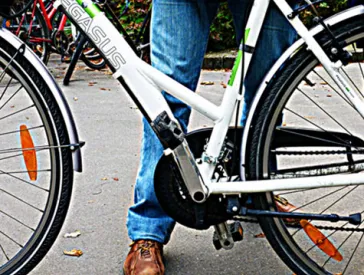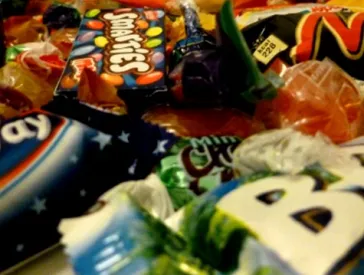Hanukkah
“8 Facts” about the Jewish Feast of Dedication
1
The history of the Jewish Festival of Lights is about the one temple in Jerusalem. To be precise, about its re-consecration (“Hanukkah”) in the year 164 B.C.E. after it had stood for many years under Syrian-Greek control.
2
During this period of foreign rule, two groups were in conflict: on the one side was the Seleucid Empire under Antiochus IV Epiphanes, while on the other side were the courageous Maccabees led by the priest Mattathias and his sons.
3
The struggle over the temple lasted for three years (167 – 164 B.C.E.) until the Maccabees actually succeeded in recapturing their sanctuary.
4
A dreidel has four sides, each featuring a Hebrew letter. From the Yiddish word “dreyen”, to turn, the dreidel is a spin top that children in particular play with on Hanukkah, to win sweets. According to legend, the game comes from the time of Seleucidian occupation. At that time it was strictly forbidden to follow religious law and study the Torah. Devout Jews nonetheless cultivated their traditions, using the dreidel by playing with it to distract attention from their true faithful pursuits.
5
The priest Mattathias, who led the revolt against the sacrificial Pagan cult of the Seleucids, had five sons: John, Simon, Eleazar, Judas, and Jonathan. One year after the fighting began, Mattathias died, but before his death he named his son Judas Maccabeus to become military leader of the uprising.
6
The word “hammer” has six letters and is the literal translation of the Aramaic word “makkaba”. Judas took the surname “ha-Makkabi” (“one like a hammer”), which honored his impressive abilities as a leader in battle. With the founding of the first Jewish sports associations, in 1895, the name Maccabi all the more recalls the bravery and strength of the Maccabees.
7
In the temple next to the tablets with the ten commandments, there also stood the seven-branched lampstand, or menorah. The lights of the menorah were supposed to burn forever and to be a symbol for spiritual enlightenment, understanding, and vitality.
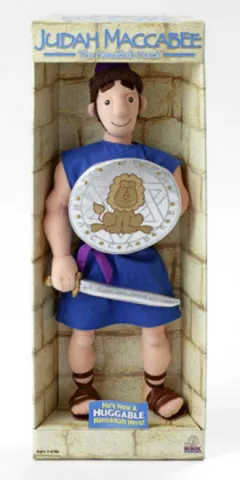
Huggable Judah Maccabee, Heroic Productions Inc., made in China, 2001-04; Jewish Museum Berlin, photo: Jens Ziehe. Further information on this object can be found in our online collections (in German)
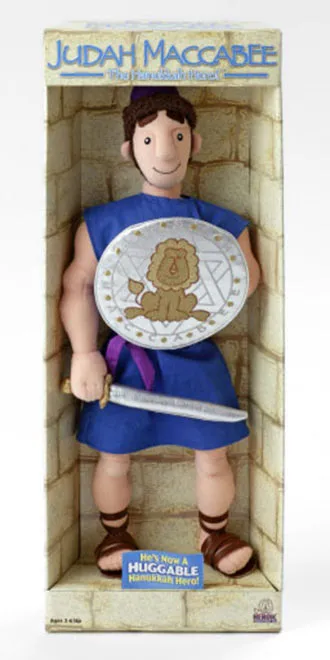 X
X
Huggable Judah Maccabee, Heroic Productions Inc., made in China, 2001-04; Jewish Museum Berlin, photo: Jens Ziehe. Further information on this object can be found in our online collections (in German)
8
The feast of Hanukkah lasts for eight days. After the Maccabees defeated the Seleucids they came back into their temple, cleansed it of every trace of the pagans, and re-consecrated it. Now the menorah would need to be lit again. However, almost all of the kosher oil had been destroyed by the Greek occupiers. There was just one small jar left with only enough oil to last for one day. But then a miracle occurred: the oil kept the menorah burning for eight whole days until new, clean olive oil could be produced. In remembrance of the miracle, people light Hanukkah lamps each year during the feast days, adding a candle every evening until on the eighth night all eight lights are burning. Those who celebrate the feast also eat traditional dishes cooked in oil — latkes, for instance, and special doughnuts called sufganiyot.
David Studniberg, Digital & Publishing
Citation recommendation:
David Studniberg (2016), Hanukkah. “8 Facts” about the Jewish Feast of Dedication.
URL: www.jmberlin.de/en/node/6651
Holidays: Old Rituals, New Customs (19)
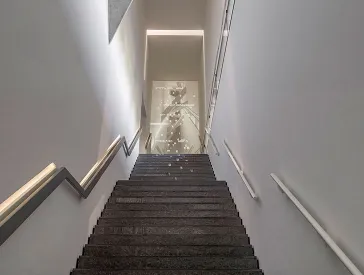
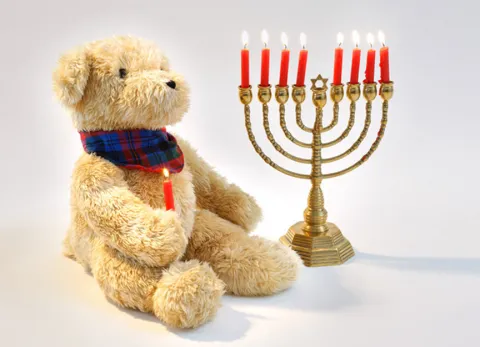
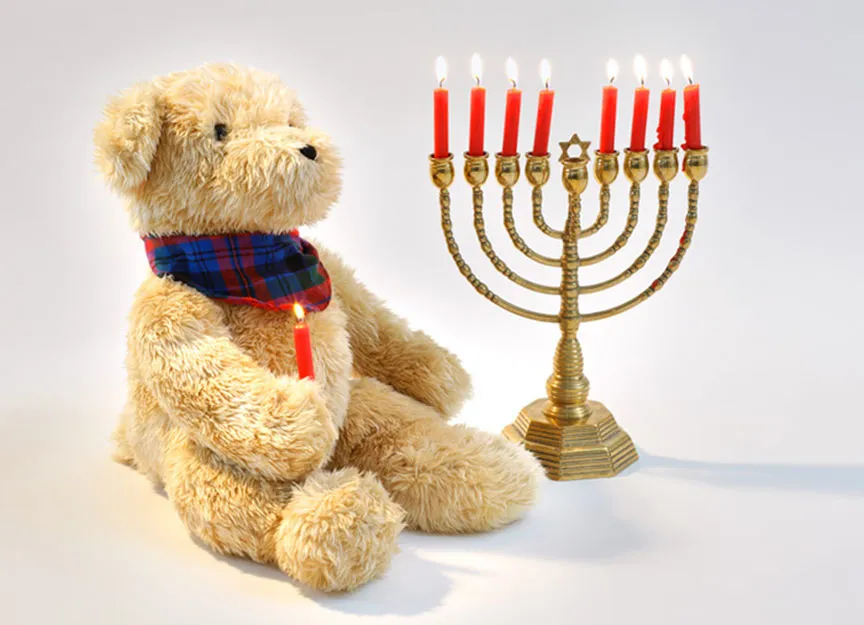 X
X
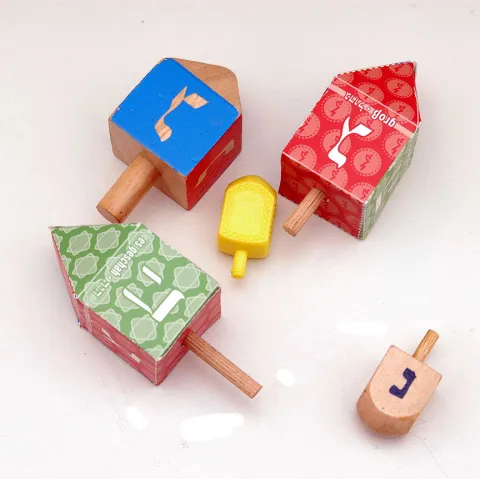
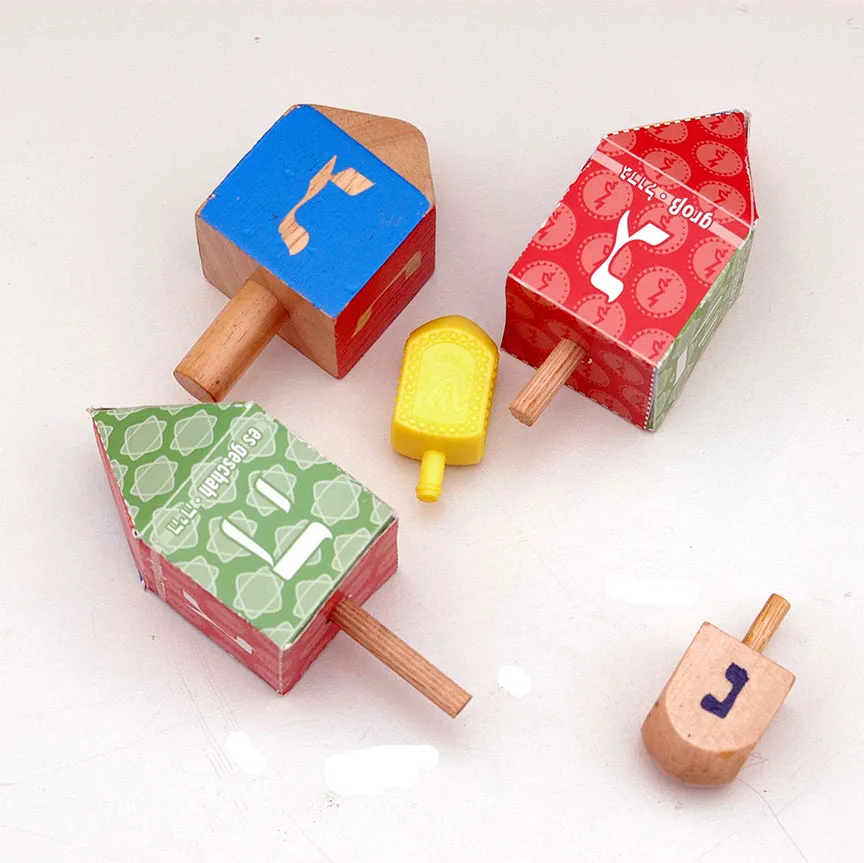 X
X
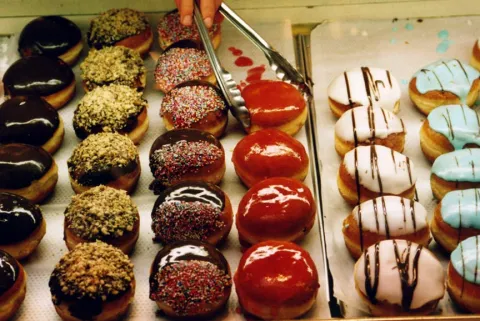
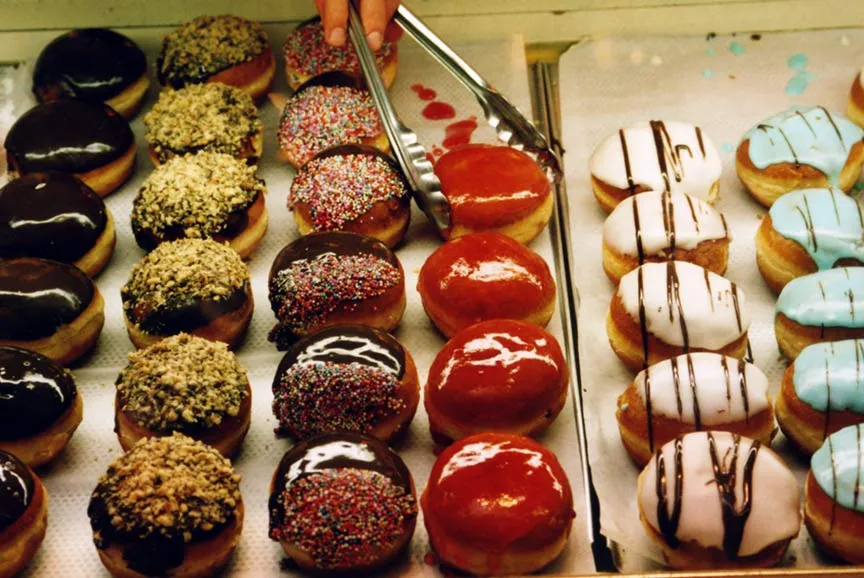 X
X
